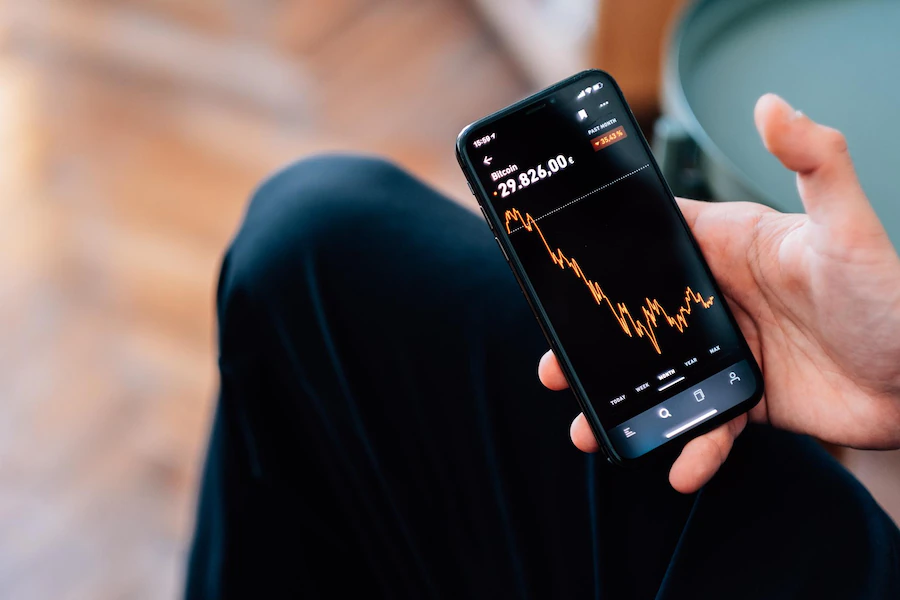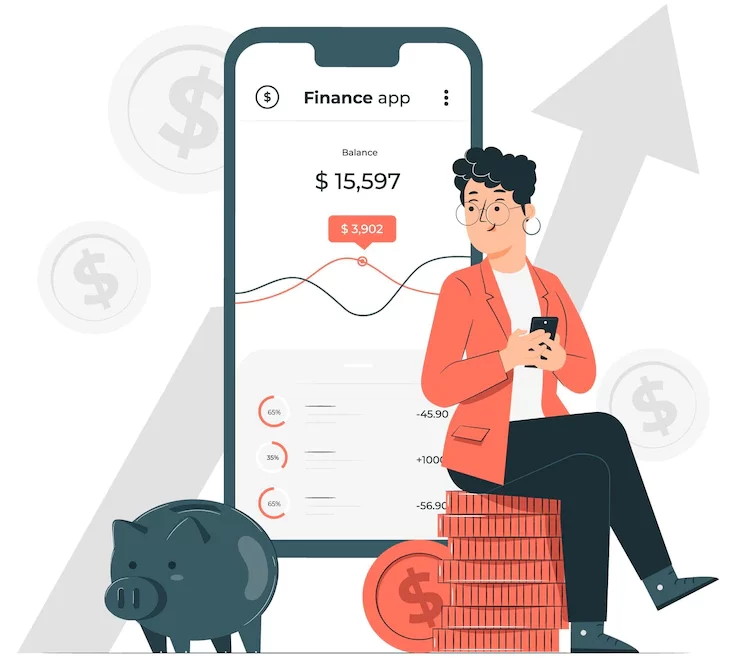How to Develop an Investment Portfolio App
Who does not want to be a millionaire? Everyone wants to have their money grow without much effort on their part. However, having a sound investment strategy would be best to make this happen. Many people need to learn how or where to invest their money. It is where an investment portfolio app can come in handy. An investment portfolio app can help you track your investments, set goals, and stay on top of your finances.
Nowadays, investment portfolio apps are trendy, as they offer a good return on investment and are very user-friendly. But how do you develop an investment portfolio app? Well, it’s not easy, but we will try to give you some tips that might help you. Creating an investment portfolio app requires careful planning and execution. This blog post will provide an overview of how to develop an investment portfolio app. So, let’s dive in.
How to Develop an Investment Portfolio App
Decide The Features To Offer
The market is flooded with investment portfolio apps. If you want to develop an investment portfolio app, you must offer some unique features that will make your app stand out from the rest. But what features should you offer?
You must first understand your target audience to decide the features to offer.
- What are their needs and wants?
- What are they looking for in an investment portfolio app?
Once you have a good understanding of your target audience, you can start planning the features of your app.
Some features you can consider offering are Asset management, Goal setting, Financial tracking, Real-time market data, Investment tips, and advice. Suppose you are still determining what features to offer. In that case, you can always take inspiration from other investment portfolio apps that are doing well in the market but offering something unique.
Plan Your MVP For The App
Once you have decided on the features to offer, start planning your MVP or minimum viable product. The MVP is the most basic version of your app that you can develop and release to the market.
It should include only those necessary features and nothing more. Why? Because releasing an MVP first will help you save time and money. You can always add more features later on based on user feedback. First, you should adequately test your MVP to see if it’s viable and then move on to developing the full version of your app.
MVP is a strategy for reducing the risk of failure when launching a new product by releasing a minimal version first. This allows you to gather user feedback and make necessary changes before releasing the full version.
Define The Development Approach
The next step is to decide which development approach you want to take. Should you build a native app or a hybrid app? What platform should you use for development first, Android or iOS? Many factors need to be considered when making this decision. However, the most crucial factor is your target audience.
Which platform are they using more?
If most of your target audience is using Android, then you should develop for Android first. But if most are using iOS, creating for iOS should be your priority.
Another factor to consider is the cost of development. Developing a native app can be expensive because you must create separate versions for each platform. However, a hybrid app can be developed at a lower cost because it’s a single app that can be used on multiple platforms. If you are not experienced in app development, hiring a freelance developer to help you with the development process is best.
Create The App Design
The next step is to create the design for your app. This includes the user interface (UI) and user experience (UX). The UI is your app’s appearance, and the UX is how users interact. Cre with itating a good UI and UX is important because it will determine how users interact with your app. If the design is poor, users will likely abandon your app.
When designing your app, many factors must be considered. One of the most important is to keep it simple. Try to cram only a little information into one screen.
Users should be able to navigate through your app without getting lost quickly. The APIs you use will also affect the design of your app. Make sure to choose APIs that are easy to use and have good documentation.
Plan To Secure Your App
Everyone wants security, especially when it comes to their finances. When developing your investment portfolio app, you need to make security a top priority. All user data should be encrypted and stored securely. Users should also be required to create strong passwords.
In addition to user data, you also need to secure your app’s code. This can be done by using a code signing service. Code signing is a process that helps to ensure that your app has not been tampered with and that it comes from a trusted source.
Use multi-factor authentication to add an extra layer of security. This requires users to enter a code that is sent to their mobile device in addition to their password.
Testing & Quality Assurance
After you have developed your app, it’s essential to test it thoroughly. This includes testing for bugs and performance issues. It’s best to hire a freelance developer to help you with this process. They can use emulators and simulators to test your app on different devices.
It’s also essential to perform quality assurance (QA) testing. This is a process of testing your app’s functionality to ensure it meets all requirements. QA testing should be done before your app is launched.
Monitoring & Analytics of the App
Once your app is launched, you must monitor it closely. It includes tracking how many users use your app and what features they use most. It’s also essential to track any crashes or errors. You can use a service like Crashlytics to do this.
Analytics are also important. They can help you understand how users are interacting with your app. Google Analytics is a good option for tracking analytics. You should also set up alerts to notify you of any problems. This way, you can quickly fix any issues that arise.


















